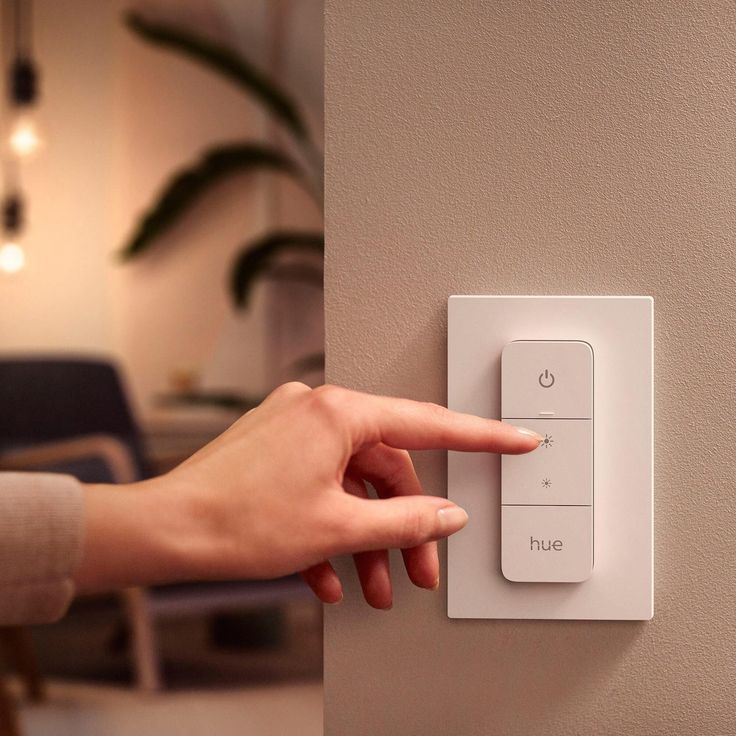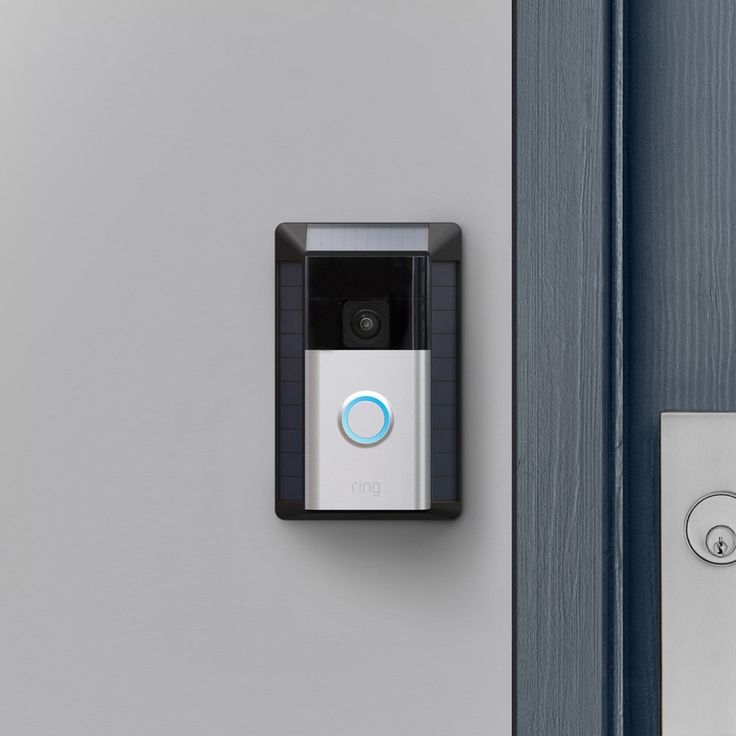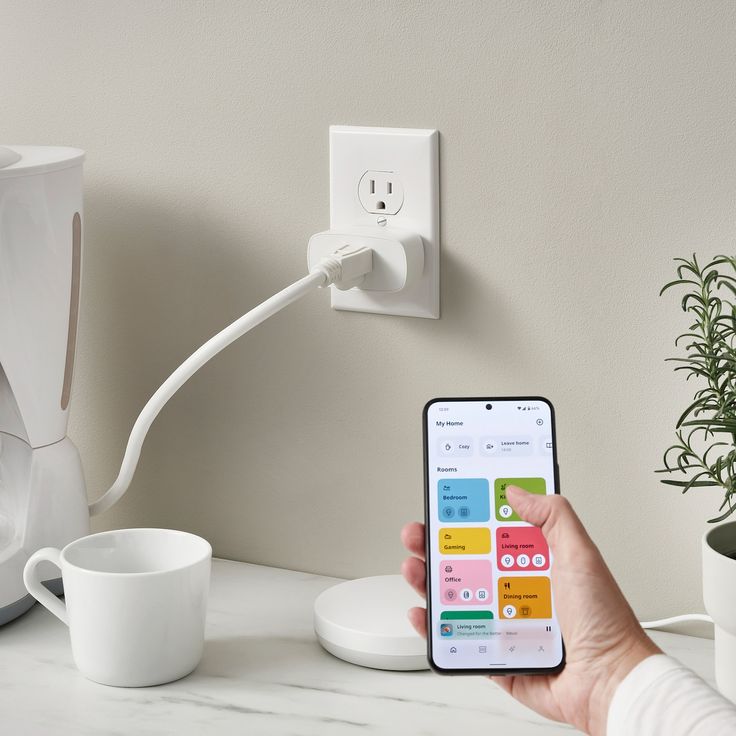Evolution of Smart Light Switches
Smart home light switches have drastically changed how we interact with our homes. Initially, light switches were purely mechanical, requiring physical contact to operate. However, the introduction of smart technology has revolutionized this mundane task.
The first notable upgrade was the integration of Wi-Fi capabilities. This allowed users to control lights remotely via smart devices. Gradually, these switches began to incorporate compatibility with virtual assistants like Amazon Alexa and Google Home, adding voice control features for added convenience.
As technology advanced, smart home light switches gained self-learning abilities. They could now adjust lighting based on user habits, improving both comfort and energy efficiency. Interconnectivity between various smart devices within a home ecosystem has further streamlined home management, placing smart light switches as central components in smart home automation.
Now, newer models feature sleek designs with touchscreens and gesture recognition, moving further away from their traditional mechanical counterparts. These innovations not only enhance user experience but also contribute to the aesthetic appeal of modern interiors.
Overall, the evolution of smart home light switches represents a shift from a single-purpose device to a multi-functional tool that enhances the technological utility of home environments.

Key Features of Modern Smart Light Switches
Modern smart home light switches are more than just on-off devices. They feature an array of capabilities that cater to user convenience and energy management. Here are some key characteristics:
- Remote Access: Homeowners can control lighting from anywhere using smartphones or tablets, thanks to integrated Wi-Fi or Bluetooth connectivity.
- Compatibility with Smart Assistants: These switches work seamlessly with voice-controlled assistants like Amazon Alexa and Google Home, allowing for hands-free use.
- Touchscreen Panels: Many models feature touch-sensitive screens, offering an intuitive way to control lights as well as a sleek look for modern homes.
- Scheduling and Automation: Users can set schedules for lights to turn on and off, which is both convenient and energy-saving.
- Dimming and Color Control: Some smart switches allow for adjusting the brightness and the color of lights, further personalizing home ambiance.
- Motion Detection: With built-in sensors, lights can automatically turn on when someone enters a room, enhancing security and energy efficiency.
- Scene Setting: These switches can create and recall pre-set lighting arrangements, perfect for setting the mood for different occasions.
Each feature contributes to making the smart home light switch a pivotal device in the modern home ecosystem. These switches not just respond to commands but also learn and adapt to the user’s lifestyle, making everyday tasks simpler and homes more comfortable and energy-efficient.
Integration with Smart Home Ecosystems
Smart home light switches are not standalone devices anymore. They are integral parts of a broader smart home ecosystem. As homes become smarter, the role of smart home light switches expands. They act as nodes within a network of devices, communicating and cooperating to enhance user comfort and convenience.
- Seamless Communication: These switches exchange data with other home automation devices. This data helps to tailor home settings to user preferences.
- Centralized Control: A single app or voice command can manage multiple devices, including light switches. It simplifies the control over your home’s lighting.
- Smart Scenes: Users can design ‘scenes’ or settings that adjust multiple devices at once. For example, a ‘goodnight’ scene might dim the lights and lower thermostats.
- Data Analytics: Over time, switches can gather usage data. This can sharpen their ability to automate and personalize settings.
- Security Integration: Lights can work with security systems. If a breach is detected, your lights can turn on automatically, deterring intruders.
These advancements mean that smart home light switches are no longer isolated gadgets. They are pivotal components that work in harmony with your entire smart home ecosystem. Their integration results in smarter home management and more efficient energy use.
Voice and Gesture Control Innovations
As the smart home light switch market evolves, voice and gesture control are becoming increasingly significant innovations. These advancements not only provide convenience but also ensure a more interactive and intuitive user experience.
- Voice Command Integration: Voice-activated smart home light switches are a game changer. By working with digital assistants like Amazon Alexa and Google Home, users can turn lights on or off with simple voice commands.
- Gesture Recognition Technology: Some of the latest smart switches come with gesture recognition. A wave of your hand or a specific motion can control lighting without touching a switch.
- Enhanced Accessibility: Innovations like voice and gesture control make smart homes more accessible for individuals with mobility or dexterity challenges.
- Hands-Free Operation: With these features, multitasking becomes easier. Users can manage lighting while their hands are occupied, like when cooking or holding a child.
- Personalized Commands: Smart home light switches can learn from your voice and gesture patterns. This personalization results in a more responsive and tailored lighting experience.
These voice and gesture control innovations signify a move towards more responsive, efficient, and user-friendly smart home light switches.
Energy Efficiency and Sustainability Trends
As 2024 approaches, trends in energy efficiency and sustainability continue to shape the smart home light switch market. Manufacturers are focusing on reducing energy consumption and enhancing sustainable practices. Here are several notable trends:
- Energy-Saving Features: Many smart switches now have features that reduce unnecessary light use. For example, automatic shut-off timers and occupancy sensors help conserve energy.
- Sustainable Materials: More producers are using recyclable and eco-friendly materials in their products. This reduces the carbon footprint associated with manufacturing smart home light switches.
- Energy Monitoring: Advanced models offer real-time energy consumption data. This feature allows users to monitor and adjust their usage to save energy.
- Integration with Renewable Energy Systems: Some smart switches can connect to solar panels and other renewable energy sources. They use this energy first, before pulling from the grid.
- Regulatory Compliance: As global standards tighten, smart switches must meet stringent energy efficiency criteria. Many new models come with certifications proving their eco-friendliness.
These trends not only support global sustainability efforts but also offer cost savings for consumers. As technology evolves, the intersection of convenience, efficiency, and sustainability becomes more pronounced in smart home light switches.

The Rise of DIY Smart Light Switch Solutions
The DIY smart home light switch movement is growing rapidly. Homeowners now have the power to install and customize their smart lighting systems. This trend is driven by several factors:
- Cost-Effectiveness: DIY solutions are often more affordable than professional installations. Saving on labor costs is attractive to many budget-conscious consumers.
- Personalization: DIY enthusiasts enjoy the freedom to tailor their setups. This means they can choose from various brands and products to meet their specific needs.
- Ease of Installation: Advances in technology have made it simpler to install smart home light switches. Many products come with user-friendly manuals and even smartphone apps that guide the installation process.
- Educational Resources: There’s a wealth of online tutorials and communities dedicated to DIY smart home technology. This makes it easier for individuals to learn and execute their projects.
- Interoperability: Newer smart switches are designed to work with multiple systems. This flexibility is crucial for those who want to integrate their light switches with existing smart home devices.
The shift towards DIY solutions is empowering homeowners to take control of their smart home light switch installations. This movement enhances not only the accessibility of smart home technology but also the overall satisfaction and engagement of users with their automated homes.
Market Analysis and Consumer Preferences
As we approach 2024, the smart home light switch market displays robust growth. Consumer preferences are rapidly evolving. Reflecting these changes are key patterns and drivers:
- Simplicity and Convenience: Users seek simple interfaces. Easy-to-use features are a must. Voice and gesture controls are especially in demand.
- Cost Sensitivity: As the economy fluctuates, buyers prefer cost-effective solutions. They’re inclined towards energy-saving features that cut down on monthly bills.
- Customization: Individuals want products that adapt to their lifestyle. More consumers are looking for switches allowing extensive customization.
- Aesthetic Appeal: Modern designs are pivotal. Buyers opt for switches that complement their home décor.
- Brand Reputation and Reliability: Trust in a brand’s quality and customer service is vital. Alongside product features, reputation has significant sway in consumer decisions.
- Integration Capabilities: Homeowners favor switches compatible with multiple devices. Seamless integration with the existing smart home ecosystem is a determining factor.
- Environmental Impact: Eco-conscious consumers are growing. They support products with sustainability claims. This aligns with global pushes towards green tech.
Manufacturers are heeding these insights. They are focusing on innovation and customer engagement. Consumers expect smart home light switches to be intuitive, reliable, and aesthetic. Brands that cater to these desires are poised to lead the market.
As the basis of our understanding, surveys and market research continue to be instrumental. They contribute essential data on user habits and preferences. Monitoring these aspects guides the development of future smart light switch models. Providers aim to deliver solutions that not only meet current demands but also anticipate future trends.
Future Outlook and Emerging Technologies in Smart Lighting
As we glimpse into the future, smart home light switch technology continues to push boundaries. The industry is always on the move, striving for innovations that provide enhanced user experiences and address global energy challenges. Here are some anticipated developments in smart lighting technology as we head into 2024 and beyond:
- Adaptive Learning Algorithms: Future smart switches will likely boast more advanced machine learning capabilities. They will predict user needs better, ensuring optimal comfort and energy use.
- Increased Interoperability: Efforts to standardize protocols may lead to increased compatibility between different brands and systems, making integration smoother for consumers.
- Solar Energy Integration: As sustainability gains importance, smart switches that better integrate with solar energy systems could become more prevalent, contributing to a greener home.
- Health-Focused Lighting: Upcoming smart switches might adjust lighting based on health and wellness considerations, such as circadian rhythms, to promote better sleep patterns and overall well-being.
- Next-Level Security Features: Enhanced security measures could be integrated, like the ability to simulate occupancy when homeowners are away, adding an extra layer of protection against intruders.
- Ultra-Efficient LED Technology: The continued evolution in LED efficiency may lead to longer-lasting lights with even lower energy consumption.
- Refined Aesthetic Designs: As the market grows, we can expect even more sleek and stylish designs that visually disappear into the home’s decor while remaining highly functional.
- Voice Assistant Advancements: Voice control capabilities will become more nuanced, with systems understanding more complex commands and even multiple languages.
- Expanded Gesture Control: Gesture control will likely become more refined, allowing for a broader range of gestures to control various aspects of home lighting.
Market adoption of these emerging technologies will hinge on their accessibility, affordability, and the value they add to consumers’ lives. With ongoing improvements, the smart home light switch will continue to evolve from a simple gadget into a cornerstone of the smart, energy-efficient homes of the future.